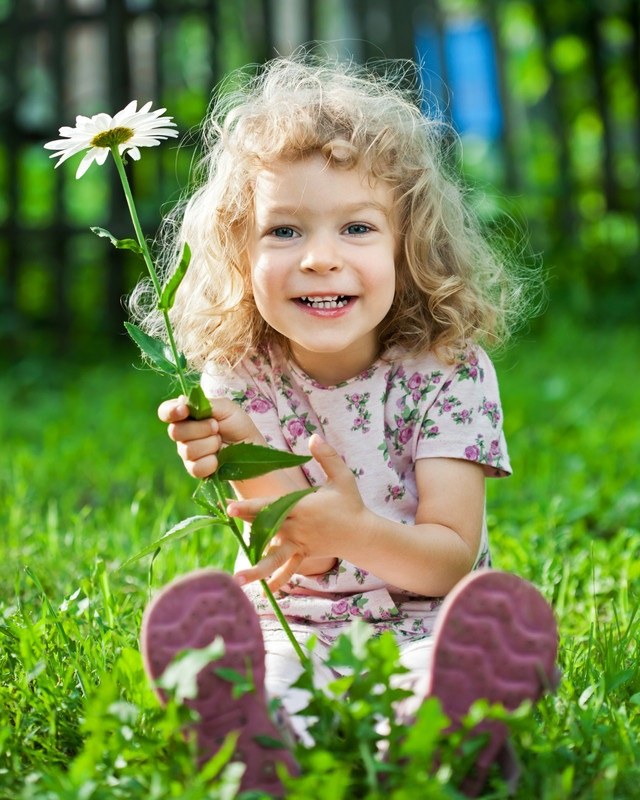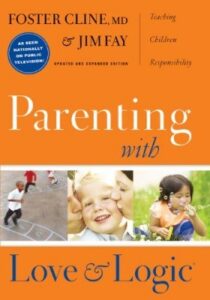Celebrate Together: How Our Responses Make or Break Our Relationships.
We all want to be heard. Our responses to one another impact the health of our relationships. When we share something of ourselves with another person, and they respond in a caring, empathetic way, we feel important and cared about by that person. When we celebrate, they celebrate with us!
On the other hand, when we share something with someone we care about and they respond in a way that discounts our experience, we feel hurt and frustrated. In other words, “How we respond can either build the relationship or undermine it.” (Seligman, 2011)
This holds true in any relationship. Picture a child as they come inside the house grasping a flower they just picked. Notice how their eyes sparkle as they hold the plant gently and anticipate momma’s response to their gift. The mother may respond in several ways. She might kneel down at the child’s level, mirror the delight, and place the flower in a glass of water where everyone can see. She also might notice that the flower happens to be one of her award-winning roses, and reprimand the child for destroying her hard work. Or she might understandably be too tired or busy, half-heartedly notice the flower, and tell the child to find a place for it.
Martin Seligman in his recent book, Flourish, discusses how an active and constructive response builds connection and makes room for relationships to flourish. He lists four possible types of responses: active and constructive, passive and constructive, active and destructive, and passive and destructive.
Here is an example from the book:
Your partner shares a positive event: “I received a promotion and a raise at work!”
Active and constructive response: “That is great! I am so proud of you. I know how important that promotion was to you! Please relive the event with me now. Where were you when your boss told you? What did he say? How did you react? We should go out and celebrate.” Nonverbal: maintaining eye contact, displays positive emotions, such as genuine smiling, touching, and laughing.
Passive and Constructive: “That is good news. You deserve it.” Nonverbal: little or no active emotional expression.
Active and Destructive: “That sounds like a lot of responsibility to take on. Are you going to spend even fewer nights at home now?” Nonverbal: displays of negative emotions, such as furrowed brow, frowning.
Passive and Destructive: “What’s for dinner?” Nonverbal: little to no eye contact, turning away, leaving the room.
Active and constructive responding may not seem natural at first, and may take some work. However, the benefits it will bring are worth it in any relationship.
In order to practice active and constructive response(s), here are some key things to keep in mind:
- Remember that you care about this person.
- Maintain good eye contact.
- Be curious! Ask questions to learn more about the other person’s experience.
- Give them a hug.
- Smile.
Becoming aware of our style will help us to stop behaviors that may be harmful and create new ways of reacting. Celebrate together and our relationships cannot help but flourish.
Seligman, Martin, (2011). Flourish: A Visionary New Understanding of Happiness and Well-being.










